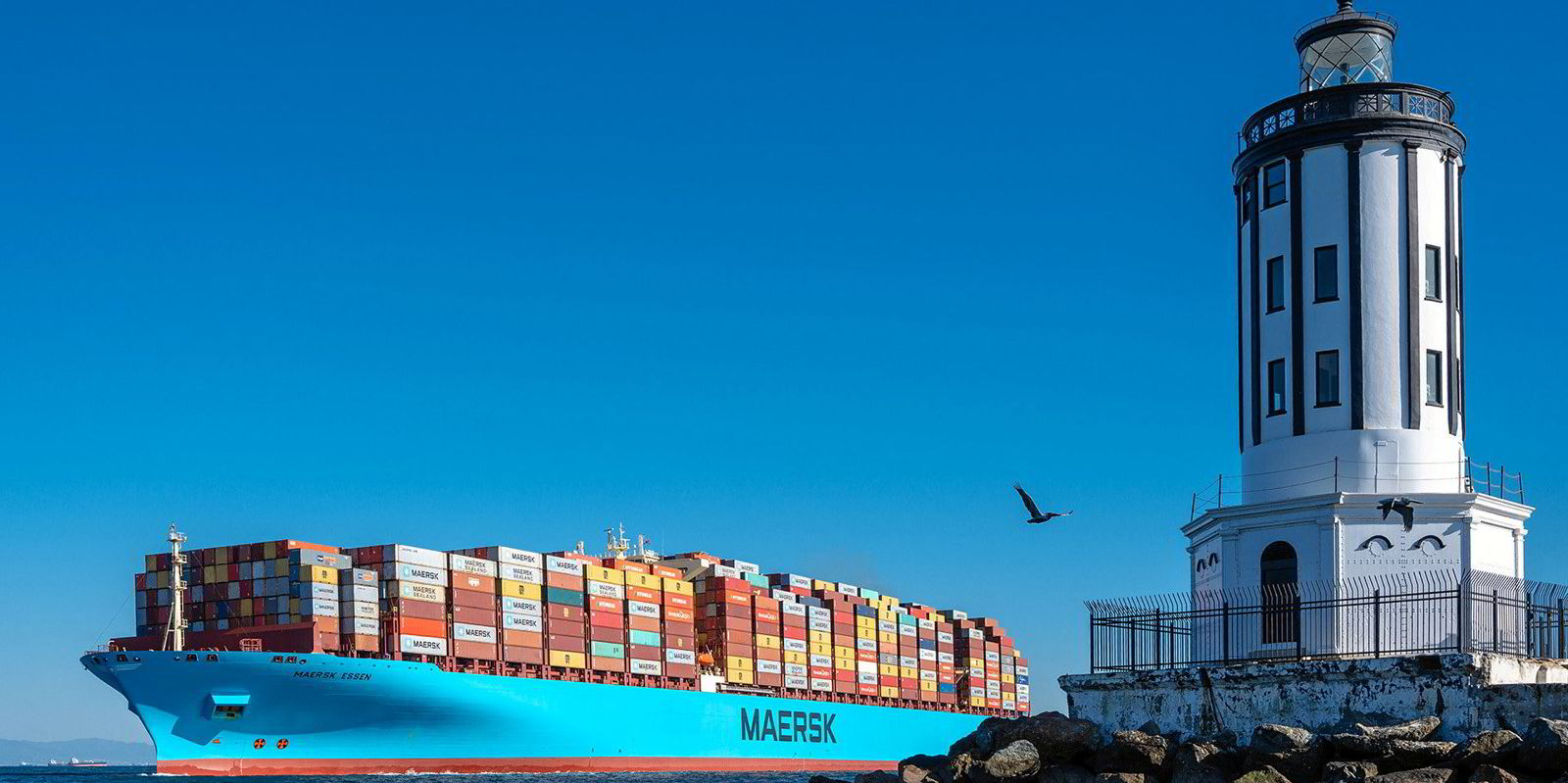Initiatives to develop green shipping corridors involving the US, Netherlands, Norway, Singapore and the UK are emerging from discussions around the COP27 climate change talks in Egypt.
The UK Department for Transport said the country will join forces with the US, Norway and the Netherlands to roll out end-to-end decarbonised routes.
Separately, the Maritime & Port Authority of Singapore (MPA), Port of Los Angeles and Port of Long Beach said they have begun discussions to establish a green and digital shipping corridor between Singapore and the San Pedro Bay port complex.
The initiative, also involving C40 Cities, a global group of about 100 city mayors taking action on climate change, will focus on low- and zero-carbon fuels for bunkering, as well as digital tools to support the deployment of low- and zero-carbon ships.
The idea of green corridors — routes between ports and countries on which alternative fuels are available and on which low and zero-carbon-emitting vessels can operate — was unveiled at last year’s COP26 climate talks in Glasgow, Scotland. Twenty-four countries signed up to the Clydebank Declaration.
The transpacific corridor with Singapore is also part of a US-Norway initiative, the Green Shipping Challenge, being unveiled at COP27 to encourage governments, ports, carriers and cargo owners to commit to concrete steps to decarbonise.
“This transpacific partnership will help us build a network of ports and key stakeholders to help decarbonise goods movement throughout the Pacific region,” said Port of Los Angeles executive director Gene Seroka.

The transpacific is one of the busiest trade routes in the world, and new MPA chief executive Teo Eng Dih said the corridor is a step towards supporting a long-term objective of decarbonising global supply chains.
The UK said it has agreed to launch a Green Shipping Corridor Task Force with the US focused on bringing together experts and encouraging research and development. It will aim to drive “work and projects to see these initiatives come to life as quickly as possible”.
In September, three feasibility study projects into green corridors were included in the £12m ($13.7m) awarded by the UK government to 121 companies in the second round of its Clean Maritime Demonstration Competition.
They were the Clean Tyne Shipping Corridor consortium involving the North Sea and Baltic Sea; the Aberdeen Harbour Board and ACUA Ocean hydrogen-powered North Sea crossing to Norway; and the Port of Dover with Calais and Dunkirk in France.
Maritime UK chief executive Ben Murray said green corridors have the potential to catalyse shipping’s decarbonisation by focusing on specific routes.
“[They] can help to identify and action the solutions needed for a given corridor by aligning vessels with infrastructure,” he said.
Norwegian shipping operators said on Monday that they would seek to halve emissions by 2030 as part of the Green Shipping Challenge, and Panama, Uruguay and Norway signed up to the Clean Energy Marine Hub Initiative to speed up the supply of green bunkers at ports.





